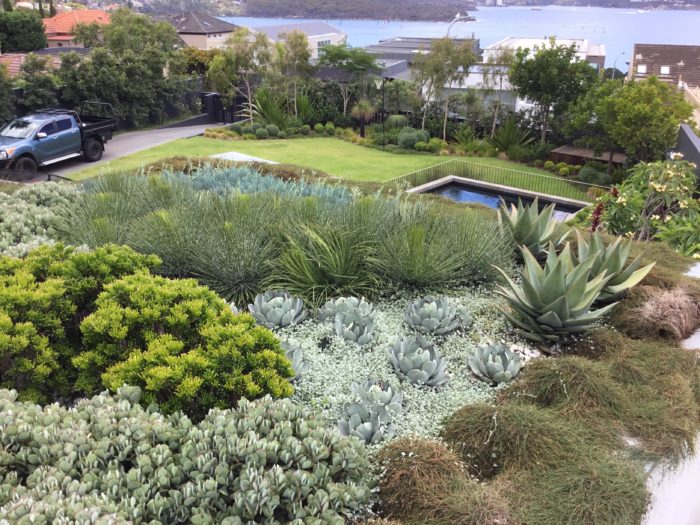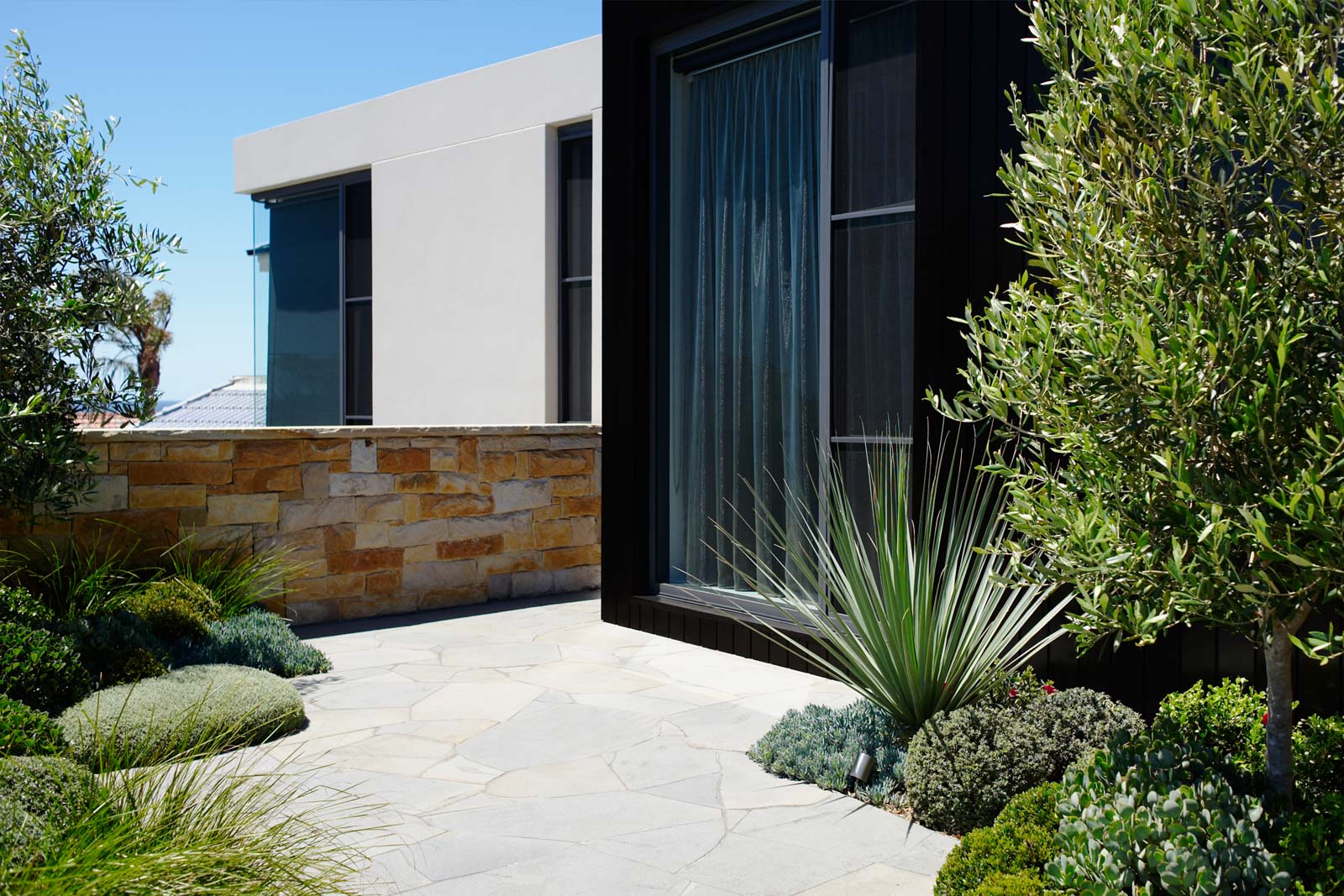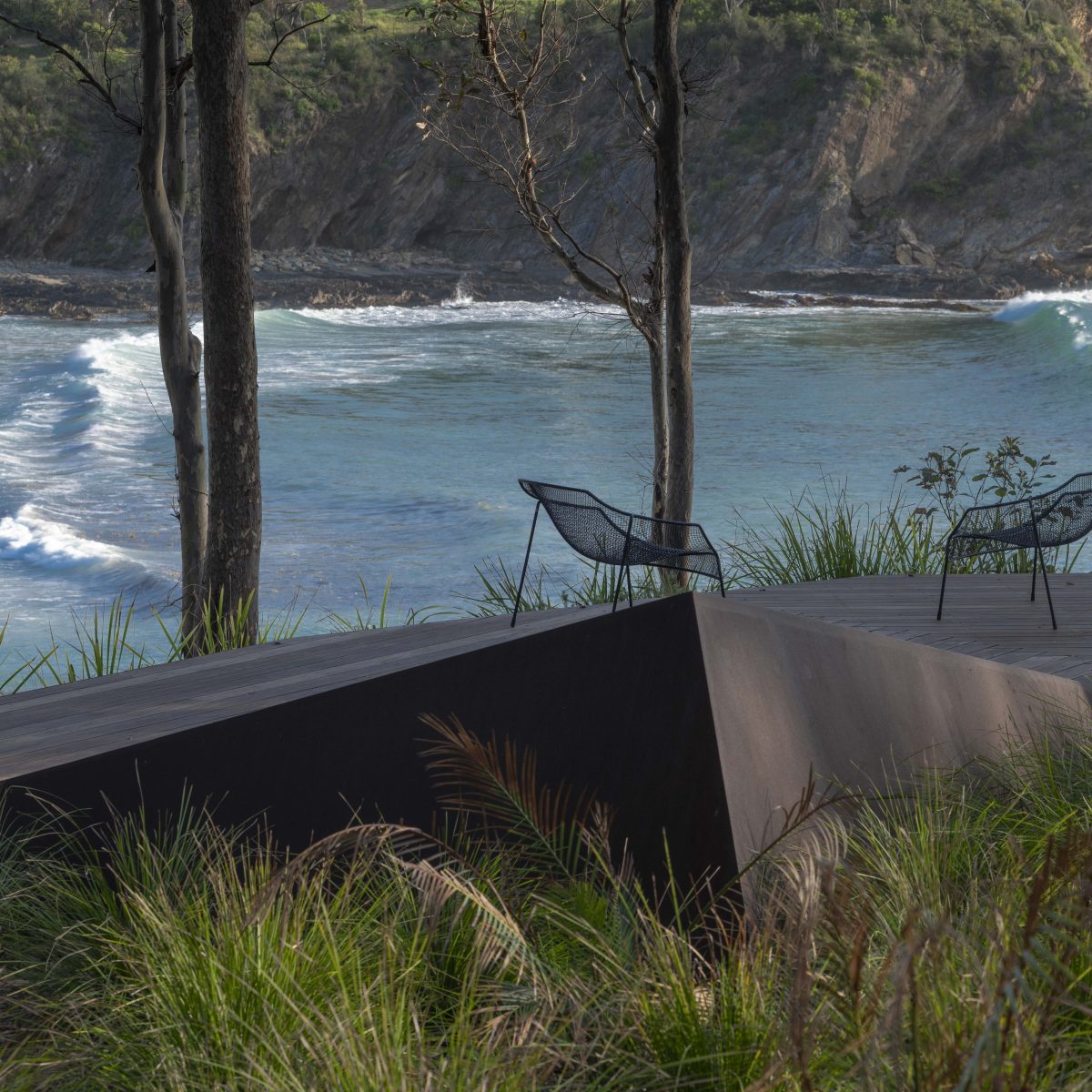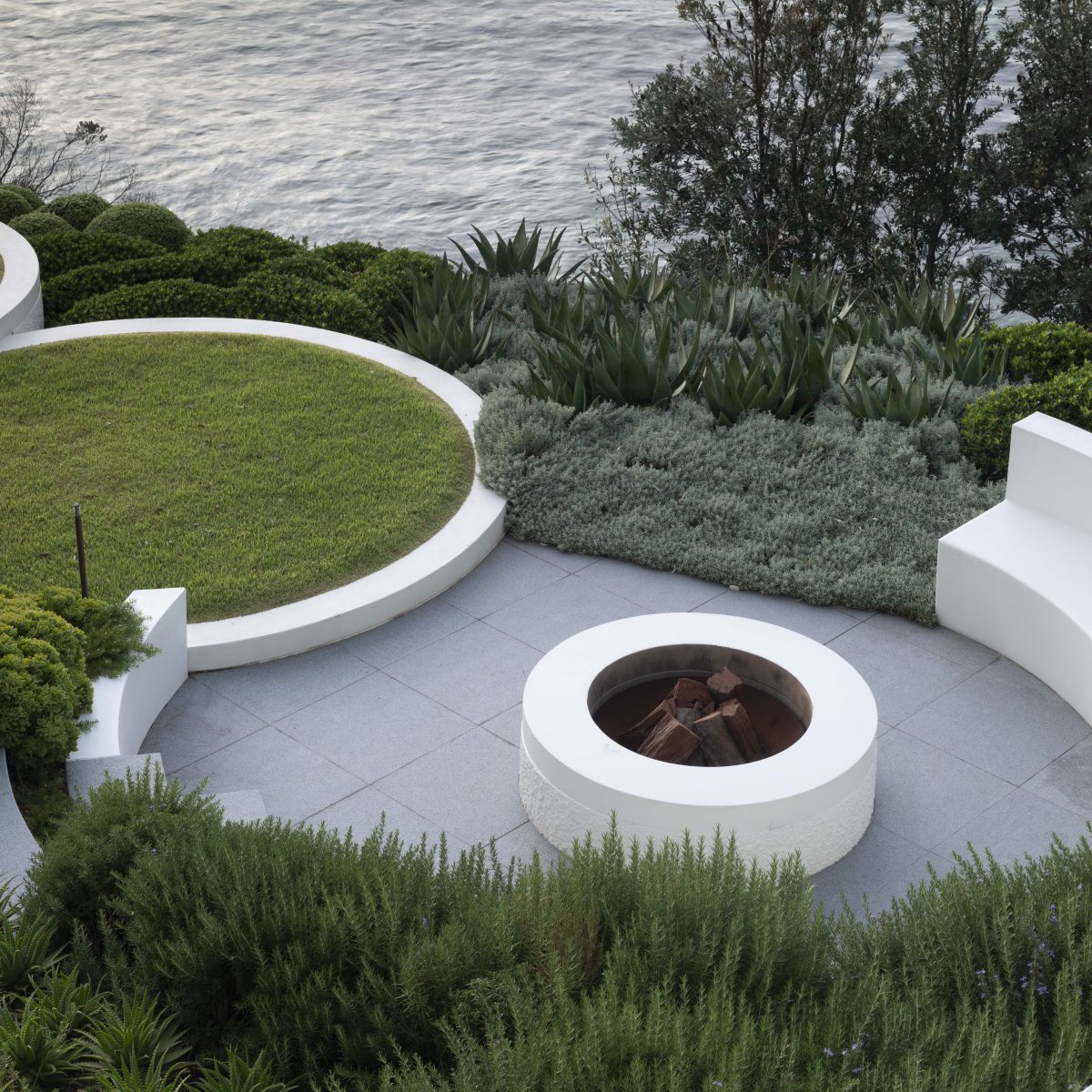Look to native grasses
Don’t assume all native plants are drought tolerant or will grow well in Sydney’s climate or indeed, in the particular microclimate of your garden. But having said that, native grasses are a no-brainer when water resources are scarce. Native grasses such as lomandra, dianella and so many others – are gorgeous to look at, with arching leaves and pretty flowers, and once established, can survive on rainwater alone with no need for watering. Better yet, they spread out wide, covering the ground and reducing the need for mulch.
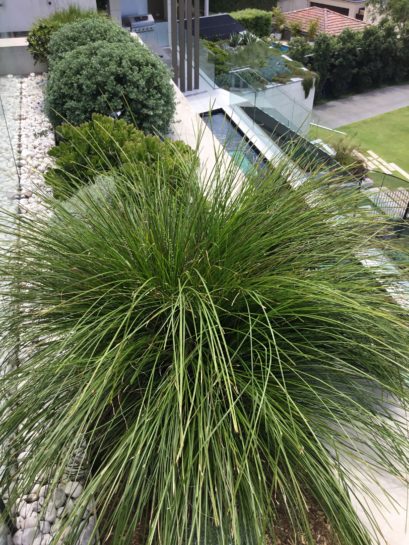
Get a lush look with less water
If spiky succulents don’t float your boat, never fear a drought tolerant garden doesn’t require filling the beds with cacti, and you can still have a lush and green backyard, if that’s your style. The key is to choose the plants carefully. Native hedging plants, such as lilly pillies and westringias are far hardier than exotics, while still providing the green beauty of a leafy border through baking summer heat.
Non-natives can also fit the bill, with plenty of South African or Mediterranean plants thriving in the dry and still looking plump and hydrated. A good example is Carissa, which looks strikingly similar to a gardenia, but without the latter’s raging thirst for water. Picking plants such as this one can help you build a greener garden without the stress of keeping delicate English-style exotics alive.
Prep your garden to be summer ready
More fragile and heat-shy plants aren’t off limits, but helping them survive the summer requires preparation. To make your garden drought tolerant, mulch is an absolute necessity. Mulch thoroughly and as early as possible in the spring. Left it late this year? Apply a soil wetting agent first to rehydrate the parched dirt, then lay your mulch over the top.
Irrigation is a must, preferably on a timer, which will keep the garden hydrated even when you’re away or too busy to remember. Drip irrigation is the most efficient option for hot climates, going straight into the soil under the mulch, where the plants need it, and not sending water evaporating into the air, as a sprinkler does.
